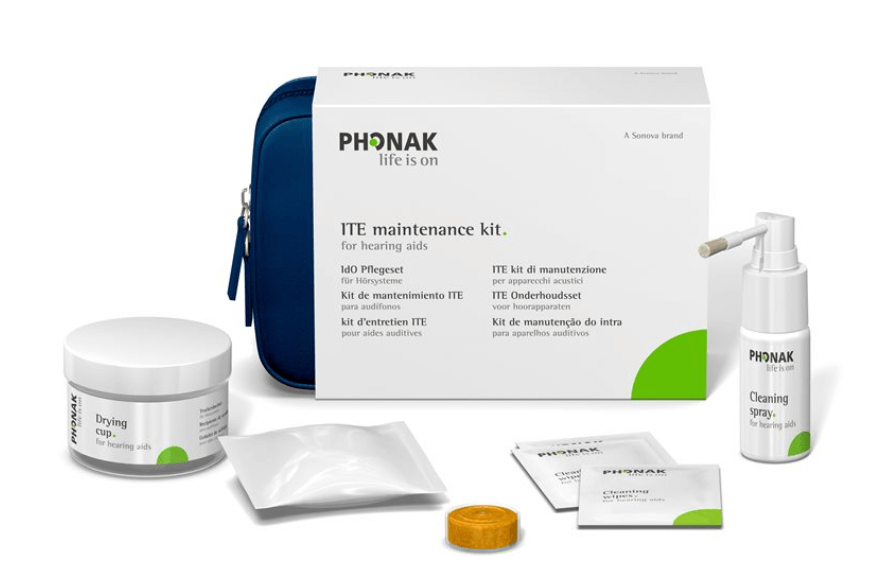Hearing aid accessories
If you have any concerns or have noticed a change in your hearing, book a free hearing health check our trained professional are happy to help.

Hearing aid cleaning and maintenance
It's important to keep your hearing aids clean and maintain them to ensure they last as long as possible but also produce the best sound quality. Shop now

Digital wireless accessories
If your hearing aid supports wireless connectivity you can purchase one of these accessories to connect to different devices such as your television.Shop now

Wax guards
We offer a range of different styles and packages to compliment your hearing aids.
Shop now



